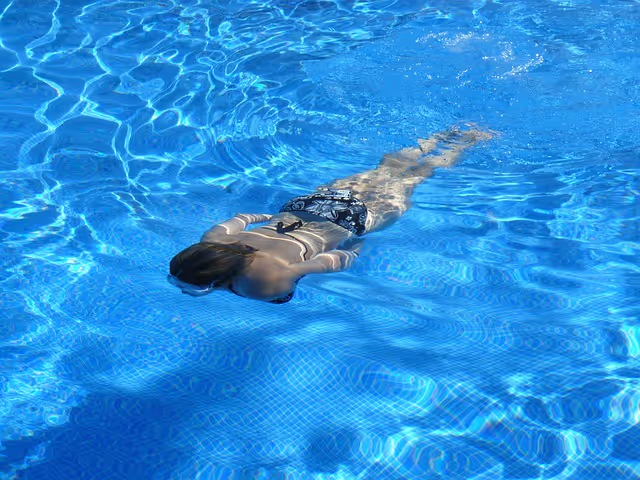How Bad is Chlorine for Hair – Keep Your Hair Moisturized

When put in water, chlorine dissolves and becomes hypochlorous acid (HCIO-). That is why chlorine has high potential to bond with other compounds and elements. In addition, if the pool has specific organic compounds such as parts of bacteria, chlorine tends to bond with them. The same case applies when human fingernails, hair, and skin gets into the swimming pool. The chlorine will then be attracted to these things; especially due to the oil on or in them. Knowing how bad is chlorine for hair will help you take preventive measures so your hair doesn’t become damaged.
What Makes Up Human Hair?
Human hair consists of proteins especially keratin. The hair is further infused and coated with certain oil called sebum. This is the same sebum that covers your whole body. It secrets naturally and aids the hair and body to retain moisture. Sebum also has an anti-aging antioxidant E vitamin. Therefore, sebum is an important component of your skin and hair alike. It helps in keeping your features strong and vibrant all through.
How Bad is Chlorine for Hair
This Is What Happens When Chlorine Touches Your Hair

When your hair touches chlorinated water in places like a swimming pool, the chlorine will attach to the sebum in hair. It will then pull the sebum out using a chemical bond. This will actually leave your hair less strong and less shiny. Further, the hair will appear drier than it was before you got into the pool. When hair is exposed to chlorine for a long time, its ends will start to split. Its condition will continue to get worse.
Besides Sebum, What Other Thing Affected By Chlorine?
Other than sebum, chlorine also affects how your hair is made up. When chlorine touches keratin (a protein present in the hair) it chemically attaches with some sections of this protein molecules. As a result, the hair sections will become water-soluble. This makes the proteins in the hair to become thinner and weaker.
Another case with chlorine on hair is that it can actually alter your hair’s color. Take it this way – chlorine can change the color of flowers and a paper. Then it is not a surprise that chlorine can change the color of your hair.
This is How…
Melanin is a substance that gives your hair color. When exposed to chlorine, your hair color might change from blonde to something like jet black. When melanin attaches to chlorine, it leaves behind the keratin protein in its natural dull-blonde color. This situation gets worse if you have artificial color on your hair. Dyed or colored hair contains chemical treatments that make chlorine easy to bond. So, if you bleached your hair to attain the current color, the unnatural color will quickly fall out when exposed to chlorinated water.
The Bottom Line
After knowing how bad is chlorine for hair, how can you avoid it? If you swim regularly, ensure you rinse out your hair after getting into the pool. Once clean, apply some pre-swim in-hair defense and wear a swim cap to prevent 95% of your hair from chlorine. When finished swimming, wash your hair immediately and don’t forget to use shampoo. More so, always eat healthy meals that are protein-rich. Ensure you also spot split ends – trim them to encourage hair growth.
